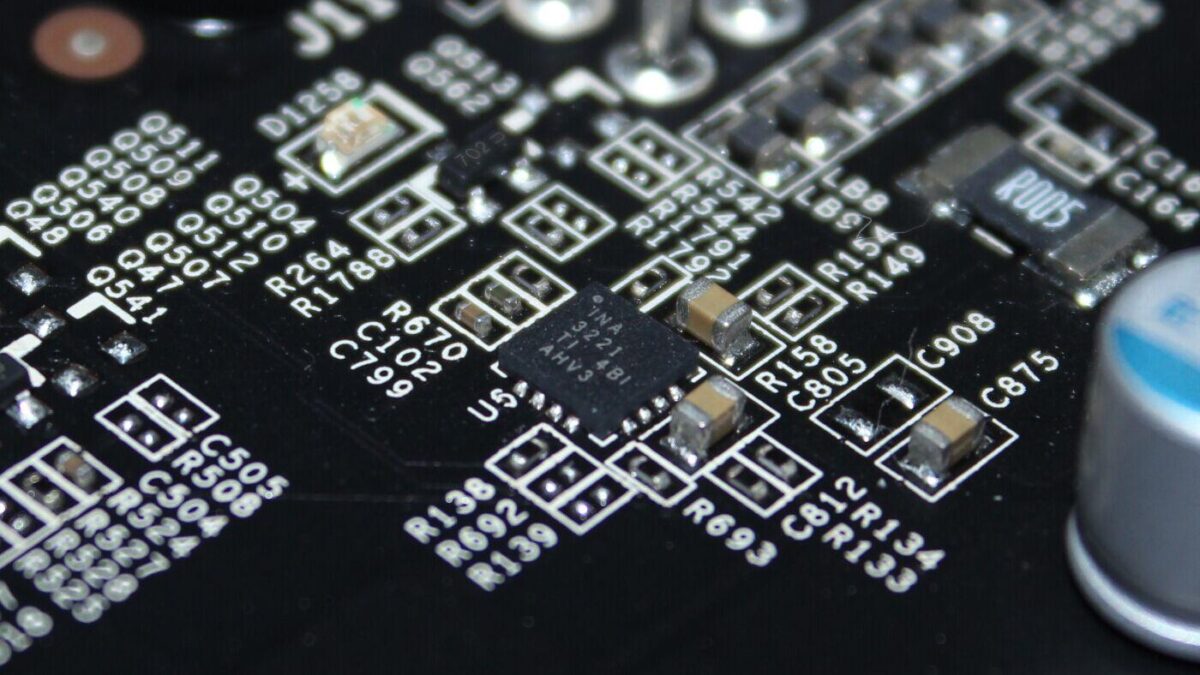New Qseven upgrade: NXP i.MX8
The powerful new Qseven module is based on the i.MX 8M Plus application processor, with 1.8 GHz ARM Cortex-A53 quad-core performance, and is additionally equipped with an integrated neural processing unit (NPU) up to 2.3TOPS. As the first i.MX processor equipped with a machine learning accelerator, i.MX 8M Plus provides higher performance for edge artificial intelligence and deep learning inference. In a typical ultra-low power consumption of only 3 watts, the new conga-QMX8-Plus module has improved performance by more than 150%, and has support for a 64-bit architecture and up to 6 GB of LPDDR4 onboard memory. Energy-efficient ARM performance, machine learning capabilities, and TSN-enabled Ethernet make the edge embedded and Industrial Internet of Things (IIoT) connection system more powerful and smarter. The vertical market for such low-power modules covers industrial control, smart robots, factory automation, healthcare, retail, transportation, smart agriculture, smart cities, and smart buildings.
“Since we launched the first Qseven module based on NXP i.MX 6 processor, Arm technology has become an initially widely accepted architecture in standard computer module technology. The new NXP i.MX 8M Plus processor enables us not only to Computing performance can be improved on a large scale based on Qseven edge devices from the aspects of network, vision and artificial intelligence.” explained Martin Danzer, director of product management at Congatec. He further emphasized the most important advantages: “These features make this new module very suitable for Qseven designs that need to meet the new needs of the embedded market, and can develop new features such as deep learning reasoning, predictive maintenance analysis, and object recognition. The upgrade with i.MX 6 design provides the perfect solution.”
Existing and new applications can now benefit from the 14-nanometer process manufacturing and the typical minimum power consumption of 3 watts. The memory data stream is upgraded from 32-bit to 64-bit, and from 4GB to a maximum of 6GB in-band ECC. In addition, there are the following new AES encryption for higher network security, image signal processor (ISP) for parallel real-time processing of high-resolution images (including H265 decoding/encoding), and high-quality DSP that supports speech recognition applications. NPU also added 2.3 TOPS dedicated artificial intelligence computing power for machine and deep learning reasoning. The integrated Cortex-M7 further provides real-time control through the Ethernet port supporting TSN, and can also be used as a fault protection device. In addition to the cryptographic module (CAAM) used for hardware acceleration of ECC and RSA encryption, ARM TrustZone also integrates a resource domain controller (RDC) for isolating and executing critical software and a secure high-guarantee startup mode to prevent unauthorized execution during startup. Authorized software.
The new conga-QMX8-Plus Qseven module is equipped with a 1.8 GHz ARM Cortex-A53 quad-core NXP i.MX 8M Plus processor for the 0°C to +60°C industrial temperature range or the 1.6 GHz version supports extended -40° Temperature range from C to +85°C. These modules can control up to three independent displays, connect via natively supported HDMI 2.0a, LVDS 2×24 bit and MIPI-DSI, and provide hardware accelerated video decoding and encoding including H.265, enabling two integrated MIPI-CSI The high-resolution camera video stream transmitted by the interface can be directly sent to the network. For onboard data storage, the module provides eMMC5.1 up to 128GB, which can run in secure pSLC mode, and an onboard µSD slot is available. Peripheral interfaces include 1 PCIe Gen 3, 1 USB 3.0, 3 USB 2.0, 4 UARTs, 1 CAN FD and 14 GPIOs. For real-time networks, the module provides 1x Gbit transmission capacity supporting TSN. Two I2S for audio make the feature set more complete. Supported operating systems include Linux, Yocto and Android.


